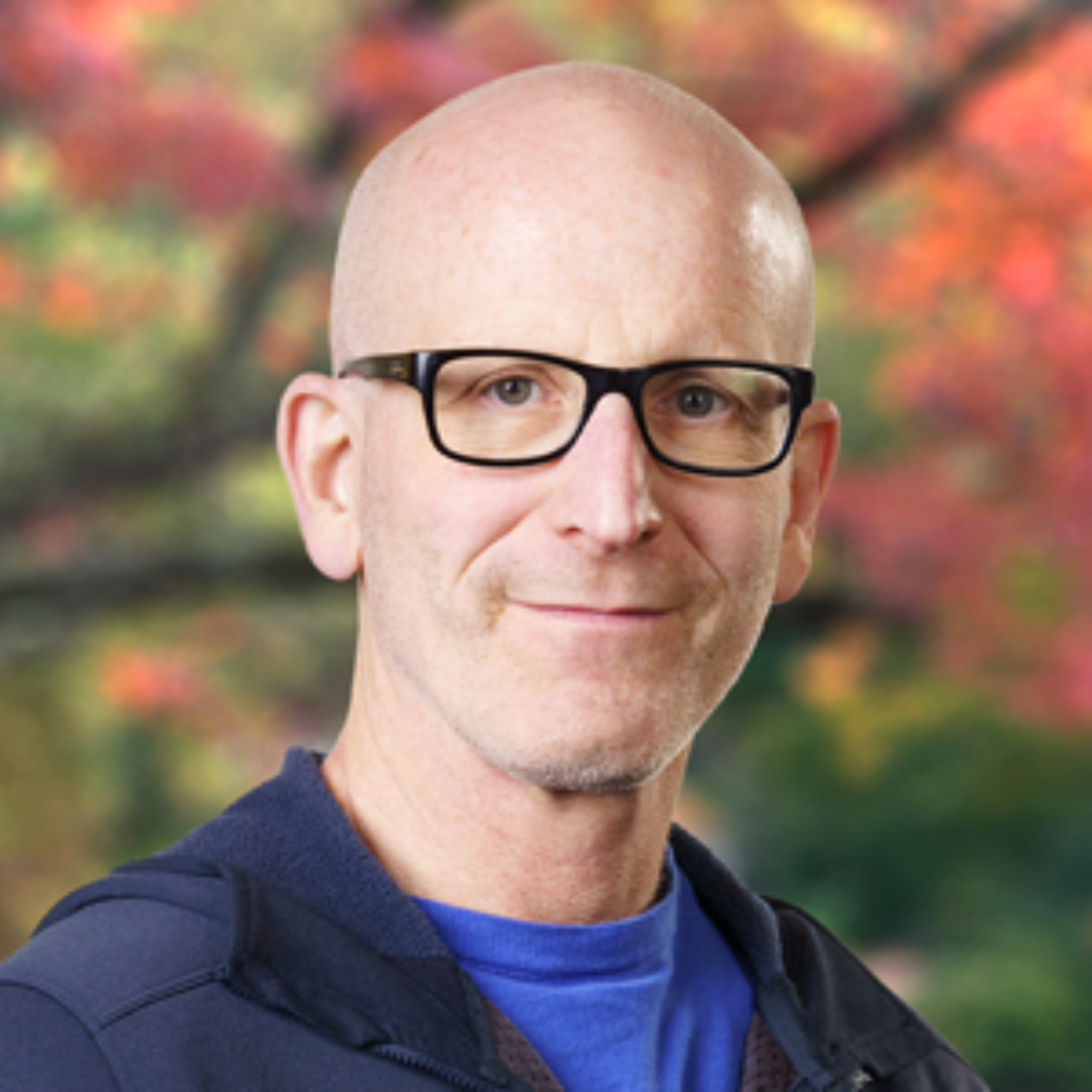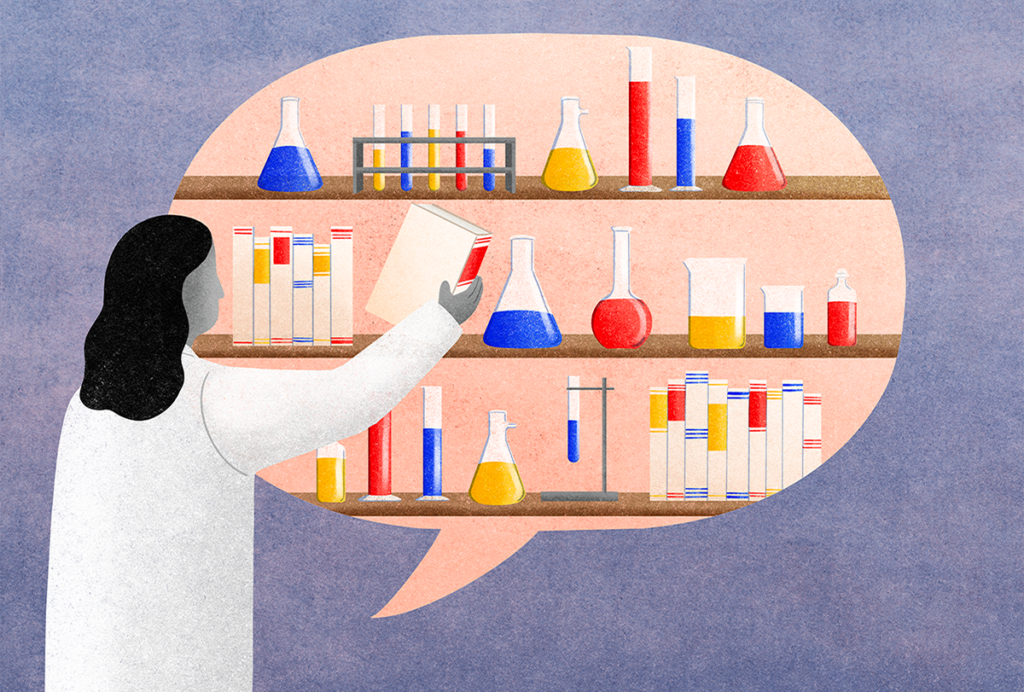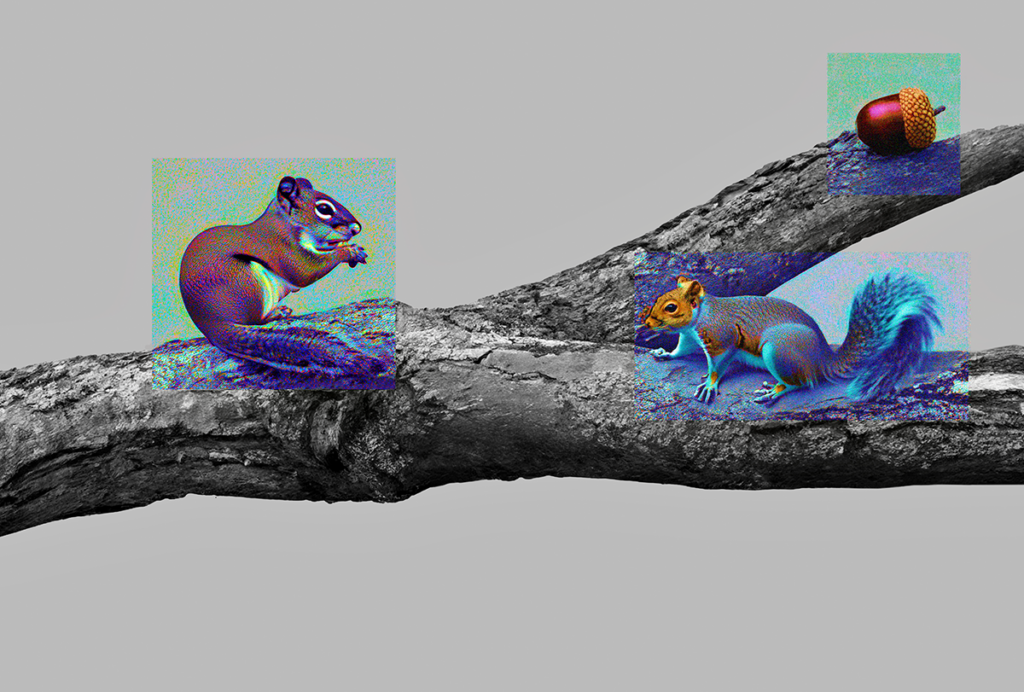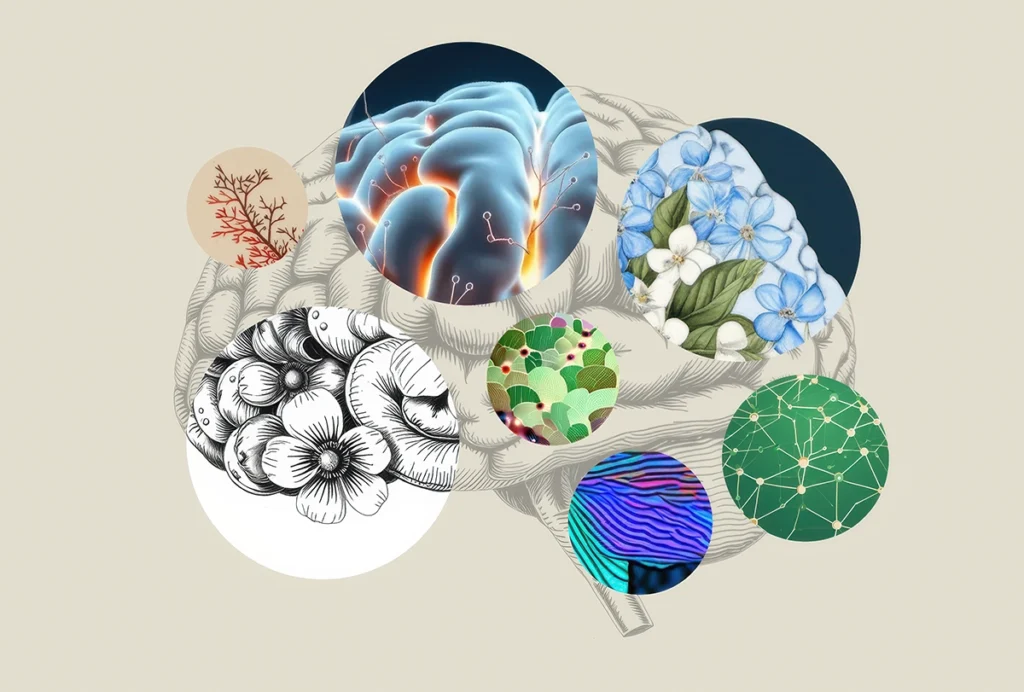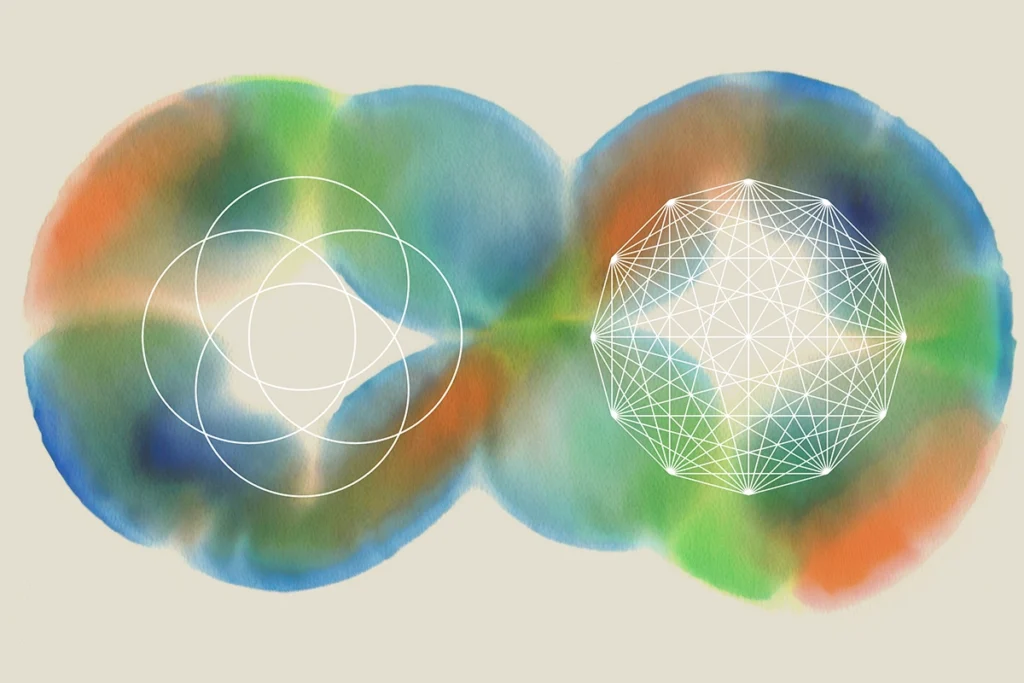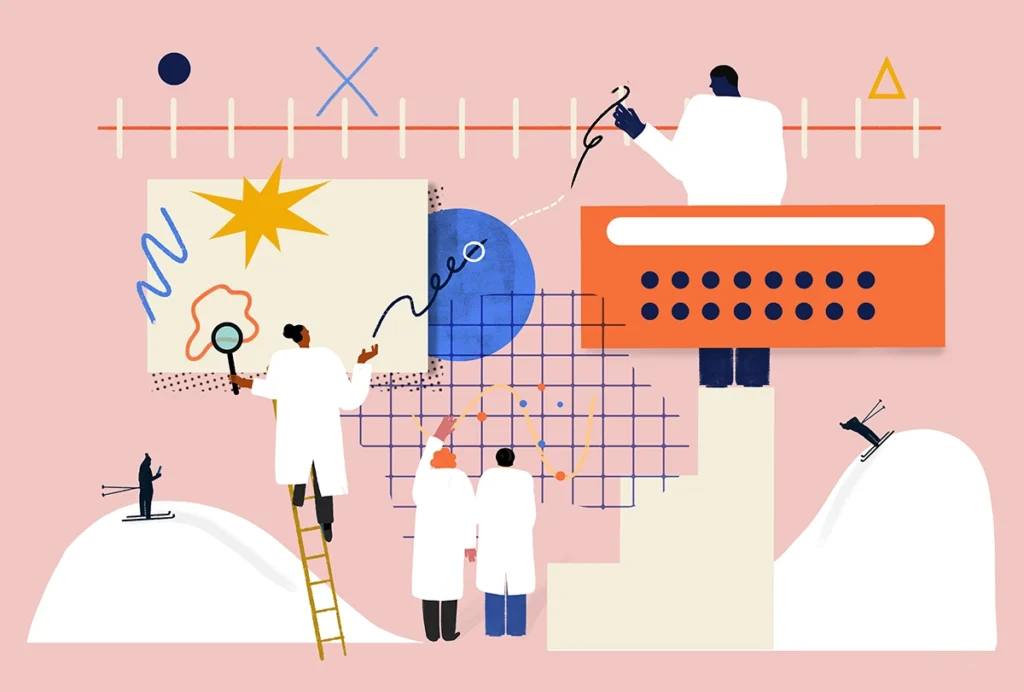Anthony Zador is Alle Davis Harris Professor of Biology at Cold Spring Harbor Laboratory in New York. The goal of his research is to understand the neural circuits underlying sensorimotor decision-making. His laboratory pioneered the use of rodents in complex decision-making tasks and developed a novel suite of approaches, including MAPseq and BARseq, for determining brain wiring using high-throughput DNA sequencing. His current research interests include neuroscience-inspired artificial intelligence. He is the co-founder of several meetings, including Computational and Systems Neuroscience and From Neuroscience to Artificially Intelligent Systems.
Zador received his M.D. and Ph.D. from Yale University and did postdoctoral work at the Salk Institute for Biological Studies in La Jolla, California, before joining the faculty at Cold Spring Harbor Laboratory.
